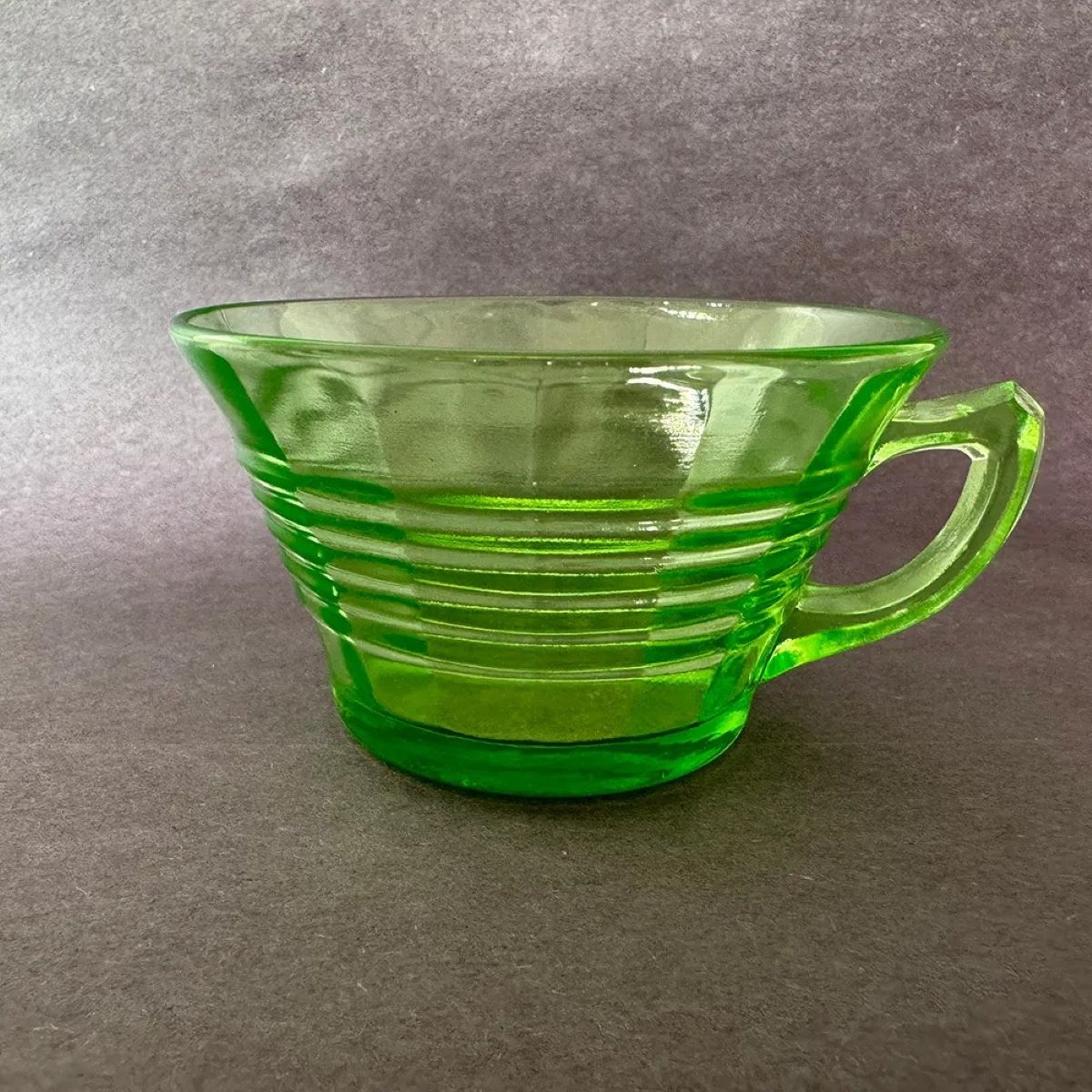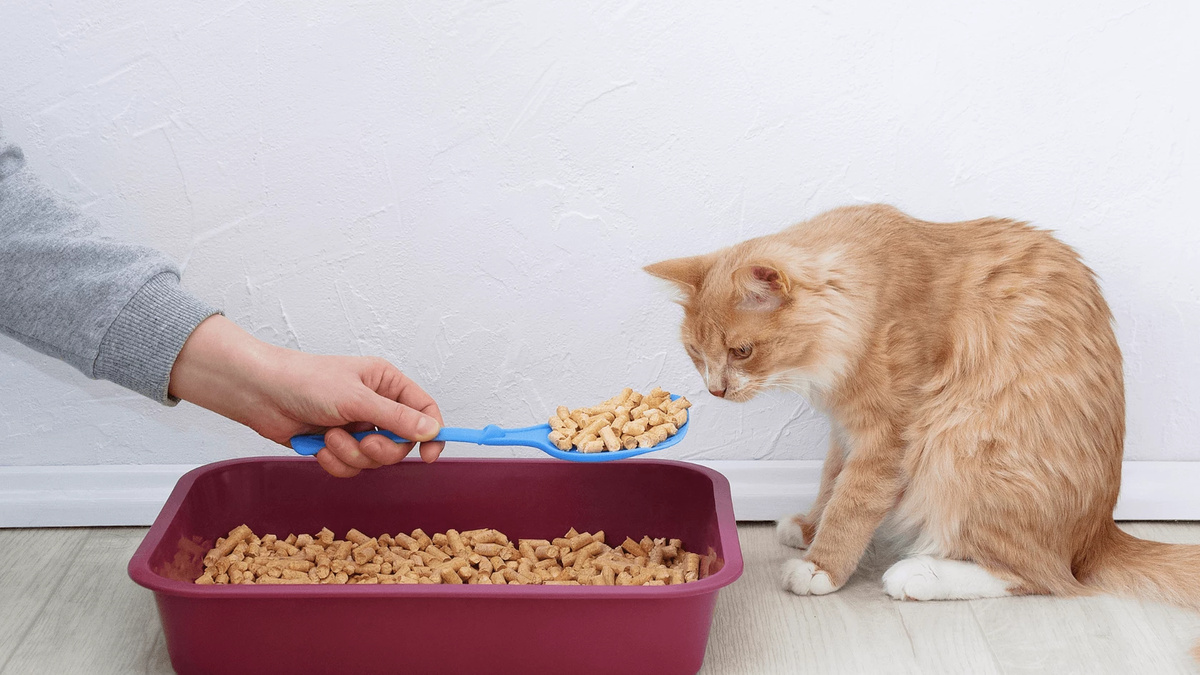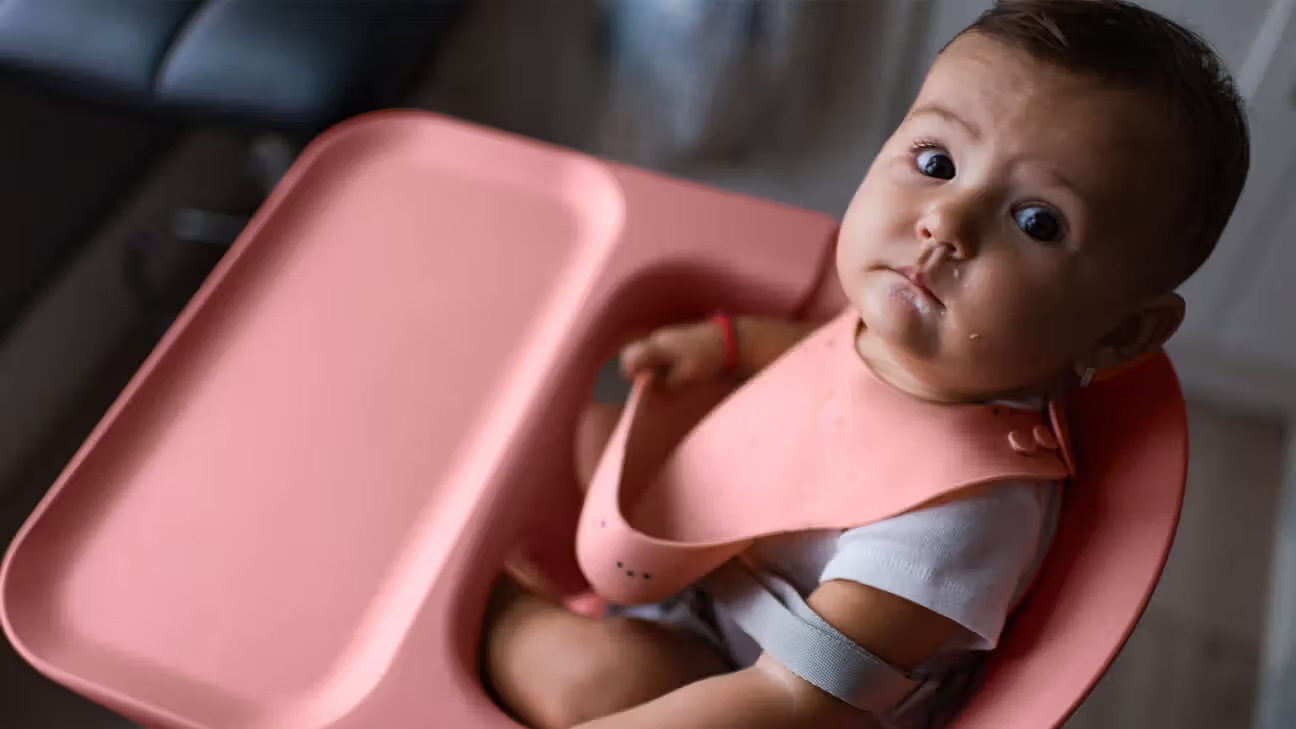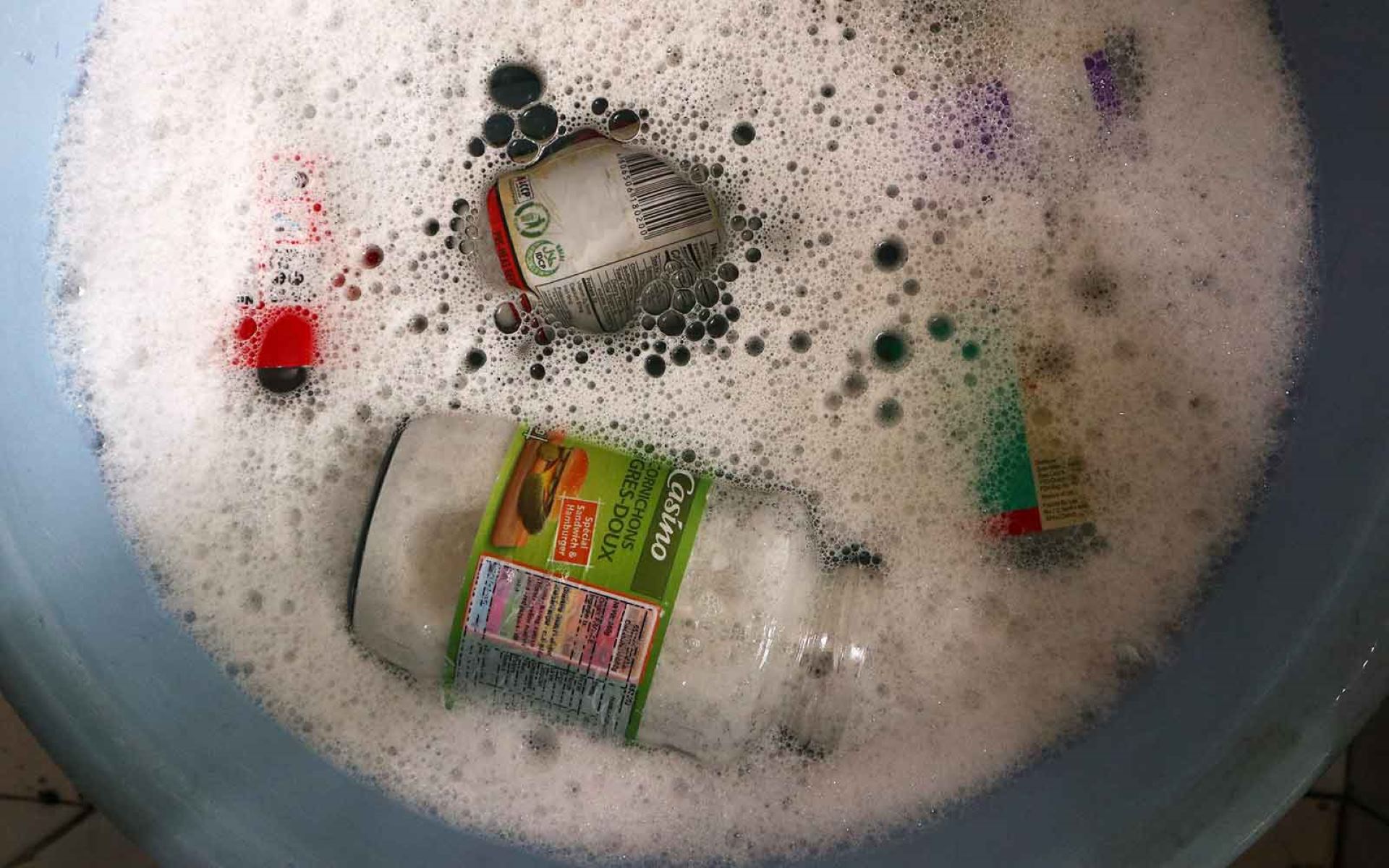Home>Furniture & Design>Interior Design Trends>When Did Gatorade Stop Using Glass Bottles


Interior Design Trends
When Did Gatorade Stop Using Glass Bottles
Published: February 4, 2024
Discover the history of Gatorade's transition from glass bottles and stay updated on the latest interior design trends. Explore the evolution of Gatorade packaging and find inspiration for modern interior design.
(Many of the links in this article redirect to a specific reviewed product. Your purchase of these products through affiliate links helps to generate commission for Storables.com, at no extra cost. Learn more)
Introduction
Gatorade, the iconic sports drink, has been a staple in the world of athletic hydration for decades. Its evolution has been marked by various changes, including the transition from glass to plastic bottles. This shift not only impacted the product's packaging but also influenced consumer perceptions and environmental considerations.
The move from glass to plastic bottles reflects a broader trend in the beverage industry, where companies are continually seeking to enhance convenience, sustainability, and cost-effectiveness. Understanding the factors that prompted Gatorade to make this transition sheds light on the brand's commitment to meeting consumer needs while adapting to market dynamics.
As we delve into the history of Gatorade bottles and the reasons behind the switch to plastic, it becomes evident that this transformation represents more than just a change in packaging material. It embodies the brand's responsiveness to consumer preferences, technological advancements, and environmental consciousness.
The journey from glass to plastic bottles is a compelling narrative that intertwines innovation, consumer behavior, and business strategy. By exploring this transition, we gain valuable insights into the dynamic landscape of the beverage industry and the factors that drive companies to embrace change for the betterment of their products and the planet.
Key Takeaways:
- Gatorade switched from glass to plastic bottles to make their sports drink more convenient, eco-friendly, and innovative, showing they care about athletes and the environment.
- The change from glass to plastic bottles helped Gatorade become more efficient, reach more consumers, and show their commitment to sustainability and product innovation.
Read more: When Did Coke Stop Using Glass Bottles
History of Gatorade Bottles
Gatorade's journey through the years has been closely intertwined with the evolution of its packaging. In the early days, Gatorade was predominantly available in glass bottles, reflecting the prevailing packaging norms of the time. The iconic glass bottles, with their distinctive shape and Gatorade branding, became synonymous with the product and its association with sports and hydration.
The use of glass bottles was a common practice in the beverage industry during the mid-20th century, and Gatorade was no exception. The sturdy and reusable nature of glass made it a popular choice for packaging various beverages, including sports drinks. The classic Gatorade glass bottles, often adorned with the brand's signature lightning bolt logo, became emblematic of the product's identity and its role in fueling athletes and active individuals.
As consumer preferences and industry trends evolved, Gatorade recognized the need to adapt its packaging to better align with changing demands. The transition from glass to plastic bottles marked a significant shift in the brand's approach to packaging and distribution. This shift not only reflected advancements in packaging technology but also signaled Gatorade's commitment to enhancing convenience and sustainability for its consumers.
The history of Gatorade bottles serves as a testament to the brand's ability to embrace change while staying true to its core values. The transition from glass to plastic bottles represents a pivotal moment in Gatorade's journey, highlighting its responsiveness to market dynamics and consumer needs. This shift in packaging material laid the groundwork for a new chapter in Gatorade's history, one that would see the brand continue to innovate and adapt to meet the evolving expectations of its loyal consumer base.
The evolution of Gatorade bottles mirrors the broader narrative of the beverage industry, where packaging plays a crucial role in shaping consumer experiences and perceptions. By understanding the history of Gatorade bottles, we gain valuable insights into the brand's resilience and its ability to stay relevant in an ever-changing market. This historical perspective sets the stage for exploring the reasons behind Gatorade's transition from glass to plastic bottles and the impact of this change on the brand's business and environmental footprint.
Transition from Glass to Plastic Bottles
The transition from glass to plastic bottles marked a significant turning point in Gatorade's packaging strategy and consumer engagement. This shift was not merely a change in material; it represented a strategic response to evolving consumer preferences, technological advancements, and environmental considerations.
The decision to shift from glass to plastic bottles was driven by a multifaceted approach that encompassed several key factors. Firstly, plastic bottles offered enhanced portability and durability, aligning with the growing demand for on-the-go hydration solutions. The lightweight nature of plastic bottles made them more convenient for athletes, fitness enthusiasts, and individuals leading active lifestyles. This transition reflected Gatorade's commitment to providing practical and accessible hydration options for its consumers.
Moreover, the shift to plastic bottles presented an opportunity for Gatorade to optimize its packaging for sustainability and environmental impact. Plastic bottles, when designed and recycled responsibly, can offer a more eco-friendly alternative to traditional glass packaging. Gatorade's embrace of plastic bottles was accompanied by a focus on recyclability and reduced environmental footprint, aligning with the brand's commitment to corporate social responsibility and sustainable practices.
Additionally, the transition to plastic bottles allowed Gatorade to explore innovative packaging designs and functionalities. Plastic bottles offered greater flexibility in shaping and labeling, enabling Gatorade to enhance its branding and product differentiation. The switch to plastic also facilitated advancements in bottle cap technology, such as sports caps and resealable options, further enhancing the consumer experience and convenience.
From a logistical standpoint, plastic bottles presented advantages in terms of production, transportation, and distribution. The lightweight nature of plastic bottles reduced shipping costs and minimized the risk of breakage during transit, contributing to overall operational efficiency and cost-effectiveness for Gatorade.
The transition from glass to plastic bottles was not without its challenges and considerations. Gatorade navigated consumer perceptions and expectations associated with the shift in packaging material, emphasizing the brand's commitment to quality, safety, and environmental stewardship. By effectively communicating the rationale behind the transition and highlighting the benefits of plastic bottles, Gatorade successfully managed the transition while maintaining consumer trust and brand loyalty.
In essence, the transition from glass to plastic bottles represented a strategic evolution for Gatorade, reflecting the brand's responsiveness to consumer needs, technological advancements, and environmental consciousness. This shift underscored Gatorade's commitment to enhancing consumer experiences, sustainability, and operational efficiency, setting the stage for continued innovation and relevance in the competitive beverage market.
Gatorade stopped using glass bottles in 1998 due to safety concerns and the popularity of plastic packaging.
Reasons for Switching to Plastic
The decision to transition from glass to plastic bottles was underpinned by a confluence of factors that collectively shaped Gatorade's strategic packaging evolution. The shift to plastic bottles was not merely a superficial change in material; rather, it represented a holistic response to the evolving landscape of consumer preferences, technological advancements, and environmental considerations.
One of the primary drivers behind the adoption of plastic bottles was the heightened emphasis on portability and durability. Plastic bottles offered a lightweight and resilient alternative to their glass counterparts, aligning with the burgeoning demand for on-the-go hydration solutions. This shift catered to the needs of athletes, fitness enthusiasts, and individuals leading active lifestyles, reflecting Gatorade's commitment to providing practical and accessible hydration options for its consumers.
Furthermore, the transition to plastic bottles presented an opportunity for Gatorade to enhance its sustainability initiatives. When managed responsibly, plastic bottles can offer a more eco-friendly alternative to traditional glass packaging. By embracing plastic bottles and concurrently focusing on recyclability and reduced environmental impact, Gatorade demonstrated its dedication to corporate social responsibility and sustainable practices. This strategic alignment with environmental consciousness underscored Gatorade's commitment to minimizing its ecological footprint while meeting consumer demand.
In addition to the environmental considerations, the shift to plastic bottles facilitated innovative packaging designs and functionalities. Plastic bottles provided greater flexibility in shaping and labeling, enabling Gatorade to elevate its branding and product differentiation. Moreover, advancements in bottle cap technology, such as sports caps and resealable options, were made possible through the utilization of plastic bottles, thereby enhancing the overall consumer experience and convenience.
From an operational perspective, the transition to plastic bottles offered logistical advantages. The lightweight nature of plastic bottles translated into reduced shipping costs and minimized the risk of breakage during transportation, contributing to enhanced operational efficiency and cost-effectiveness for Gatorade.
Navigating the transition from glass to plastic bottles necessitated a concerted effort to manage consumer perceptions and expectations. Gatorade effectively communicated the rationale behind the shift, emphasizing the benefits of plastic bottles while reaffirming the brand's unwavering commitment to quality, safety, and environmental stewardship. This transparent approach enabled Gatorade to successfully navigate the transition while maintaining consumer trust and brand loyalty.
In essence, the reasons for switching to plastic bottles encompassed a strategic blend of consumer-centricity, sustainability, innovation, and operational efficiency. This transition underscored Gatorade's adaptability and responsiveness to market dynamics, positioning the brand for continued relevance and leadership in the competitive beverage landscape.
Impact of the Change on Gatorade's Business
The transition from glass to plastic bottles has had a profound impact on Gatorade's business, influencing various aspects of the brand's operations, consumer engagement, and environmental footprint. This strategic shift represented more than just a change in packaging material; it signaled a pivotal transformation that reverberated across Gatorade's business landscape.
From a commercial standpoint, the adoption of plastic bottles enhanced Gatorade's market agility and competitiveness. The lightweight and durable nature of plastic bottles facilitated streamlined production, transportation, and distribution processes, contributing to improved operational efficiency and cost-effectiveness. This operational optimization allowed Gatorade to adapt to evolving market demands and consumer preferences more effectively, positioning the brand for sustained growth and market leadership.
Moreover, the transition to plastic bottles bolstered Gatorade's consumer appeal and accessibility. The enhanced portability and convenience offered by plastic bottles resonated with active individuals, athletes, and on-the-go consumers, expanding Gatorade's reach and relevance in diverse consumer segments. This broader accessibility translated into increased market penetration and consumer engagement, driving positive business outcomes for Gatorade.
The strategic embrace of plastic bottles also aligned with Gatorade's sustainability initiatives, reflecting the brand's commitment to environmental stewardship and corporate social responsibility. By prioritizing recyclability and reduced environmental impact, Gatorade demonstrated its dedication to sustainable practices, resonating with environmentally conscious consumers and reinforcing the brand's ethical standing in the market. This alignment with sustainability further enhanced Gatorade's brand equity and consumer loyalty, contributing to long-term business sustainability and reputation management.
Furthermore, the transition to plastic bottles facilitated product innovation and branding opportunities for Gatorade. The flexibility offered by plastic packaging allowed for creative design elements and functional enhancements, enabling Gatorade to differentiate its products and strengthen brand identity. This creative latitude empowered Gatorade to introduce new packaging formats, labeling designs, and cap technologies, fostering product diversification and consumer engagement.
In essence, the shift from glass to plastic bottles has had a multifaceted impact on Gatorade's business, driving operational efficiency, consumer appeal, sustainability alignment, and product innovation. This strategic evolution has positioned Gatorade as a dynamic and responsive player in the beverage industry, poised for sustained growth, consumer relevance, and environmental conscientiousness.
Frequently Asked Questions about When Did Gatorade Stop Using Glass Bottles
Was this page helpful?
At Storables.com, we guarantee accurate and reliable information. Our content, validated by Expert Board Contributors, is crafted following stringent Editorial Policies. We're committed to providing you with well-researched, expert-backed insights for all your informational needs.
















0 thoughts on “When Did Gatorade Stop Using Glass Bottles”